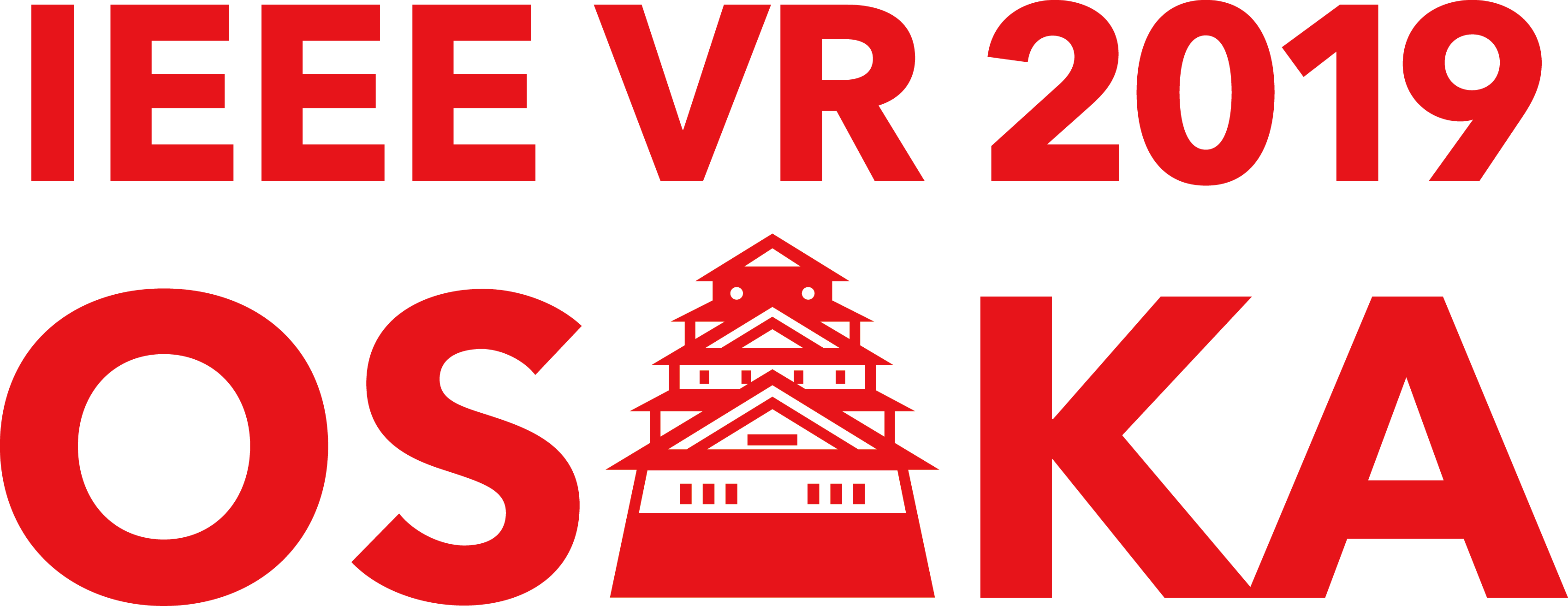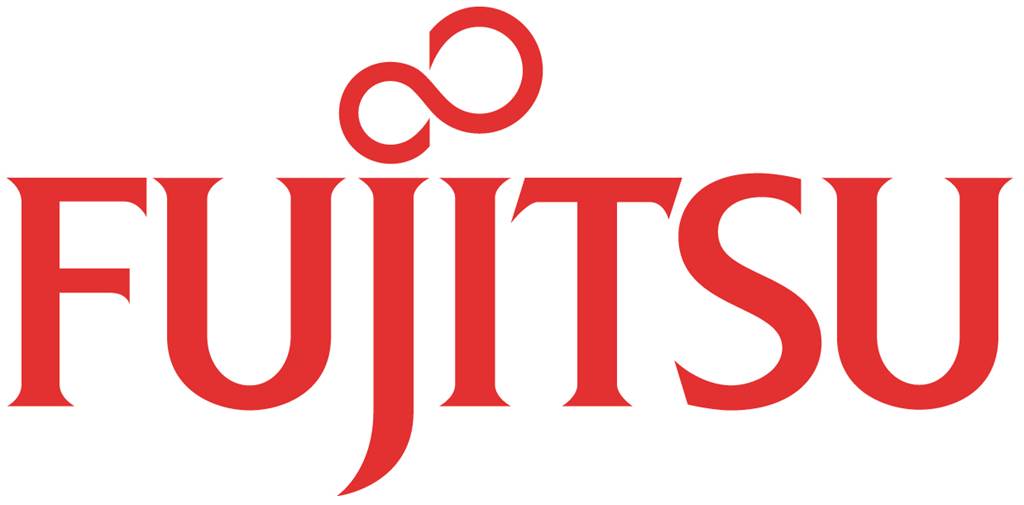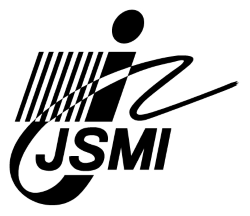
March 23rd - 27th

March 23rd - 27th
Sponsors
Diamond
Platinum
Gold
Silver
Bronze
Flower / Misc
Exhibitors
Supporters
IEEE Kansai Section
Society for Information Display Japan Chapter
The Visualization Society of Japan
The Robotics Society of Japan
Japan Society for Graphic Science
The Japan Society of Mechanical Engineers
Japanese Society for Medical and Biological Engineering
The Society of Instrument and Control Engineers
The Institute of Electronics, Information and Communication Engineers
Japan Ergonomics Society
Exhibitors and Supporters
The IEEE VGTC Awards program recognizes and honors individuals who have made a significant contribution to the community through their research and / or volunteer efforts.
The 2019 VGTC Virtual Reality Career Award
Mark Billinghurst

Mark Billinghurst is Professor of Human Computer Interaction at the University of South Australia in Adelaide, Australia, and Professor in the Bio-Engineering Institute at the University of Auckland in New Zealand. He is Director of the Empathic Computing Laboratory across both locations where he is exploring how AR/VR, physiological sensors and wearable devices can be used to create new types of collaborative experiences that can increase understanding and empathy between remote people. He has worked for over twenty five years on developing innovative computer interfaces that explore how virtual and real worlds can be merged, publishing over 400 research papers on topics such as wearable computing, Augmented Reality, Virtual Reality, multi-modal interfaces and collaborative systems. Billinghurst published his first VR paper at IEEE VR and since then has presented his and his team’s work many times at the conference. He has received many awards for his research, including the 2001 Discover award from Discover Magazine in the Entertainment category for the MagicBook interface, the 2006 World Class New Zealand Award (ICT Category) for services to ICT industry, 2006 International Mobile Gaming Awards Grand Prix Winner for the AR Tennis mobile AR game, and 2007 Adweek Buzz Awards for Best Print Campaign for the Wellington Zoo mobile AR campaign. In 2012 he was awarded the IEEE ISMAR Lasting Impact Award for the most influential paper published at the ISMAR conference in the previous 10 years. In 2013 he was elected as a Fellow of the Royal Society of New Zealand in recognizing of his work in AR research and commercialization. He was given the 2018 Research Excellence award from the Division of ITEE at the University of South Australia. After trying several majors, Billinghurst completed Honors and Master’s degrees in Applied Mathematics from the University of Waikato in New Zealand. He then went to complete a PhD at the Human Interface Technology Laboratory (HIT Lab) at the University of Washington, under the supervision of VR pioneer, Professor Tom Furness III, where he published the first thesis on collaborative AR. In 2002 he returned to NZ to start the HIT Lab NZ at the University of Canterbury, which he ran for 13 years. In 2015 he joined the University of South Australia, and in 2018 returned to NZ to take a part time position at the Auckland BioEngineering Institute at the University of Auckland. In addition to his academic work he has worked in industry at British Telecom, Nokia, Google and is currently an Amazon Scholar. He has founded two AR companies and was also founding partner in the SuperVentures AR/VR venture capital fund.
The 2019 VGTC Virtual Reality Technical Achievement Award
Anatole Lécuyer

Anatole Lécuyer is currently Senior Researcher at Inria, the French National Institute for Research in Computer Science and Control, in Rennes,France. In 2001 he received a PhD in Computer Science from Paris-Sud University, and in 2010 an Habilitation in Computer Science from Rennes University. At Inria, he has headed since 2013 the 40-member “Hybrid” research team, dedicated to research in VR. He has a broad range of scientific interests and has published more than 250 refereed papers in VR, 3D user interfaces, haptics, human–computer interaction, BCI, neuro-engineering, and human perception. Since 2000, he has co-authored 27 papers presented at the IEEE Virtual Reality Conference. He has also co-edited the book Human Walking in Virtual Environments. In 2013, he was awarded the Inria–French Academy of Sciences “Young Researcher” Prize. Lécuyer entered the field of VR in 1998 by exploring the potential of haptic interfaces in VR applications for aeronautics. His best known result related to haptic feedback is the concept of “pseudo-haptics,” a term that he coined in 2000, during his PhD research. Pseudo-haptic feedback generates haptic sensations by playing with visual effects, bordering on sensory illusions. This cost-effective approach has been extensively adopted in a wide range of interaction contexts. Since then, he has promoted a perception-based approach to VR, inventing a variety of techniques exploiting the limits and properties of human perception. These include real-time visual attention models for VR, gaze-based depth-of-field blur effects, camera motions for improving the sensation of walking, and haptic cues for producing the sensation of self-motion. He is presently studying avatars, with the aim of developing virtual selves that mix physiological computing and haptic interactions for more convincing illusions of virtual embodiment.
Nomination Process (on VGTC’s webpage) & Past recipients: https://tc.computer.org/vgtc/awards/virtual-augmented-reality-technical-awards/















































